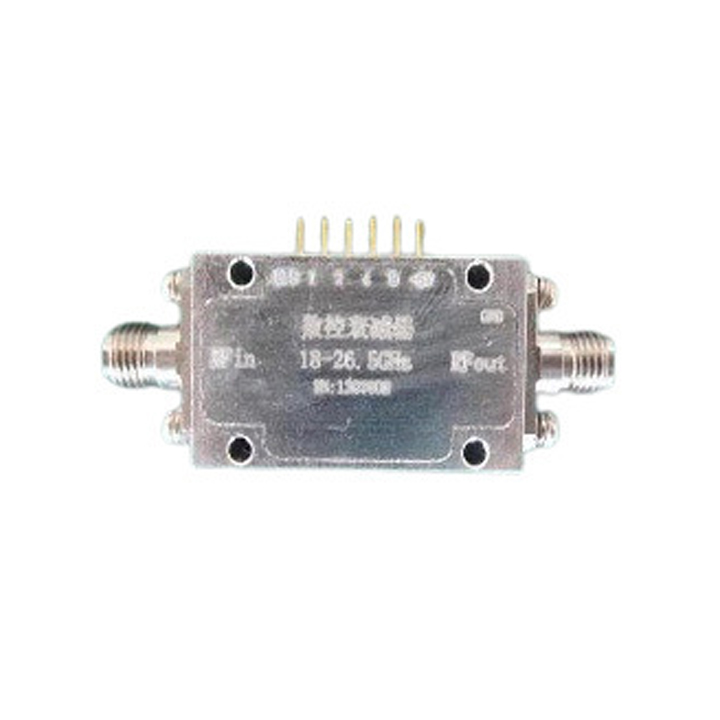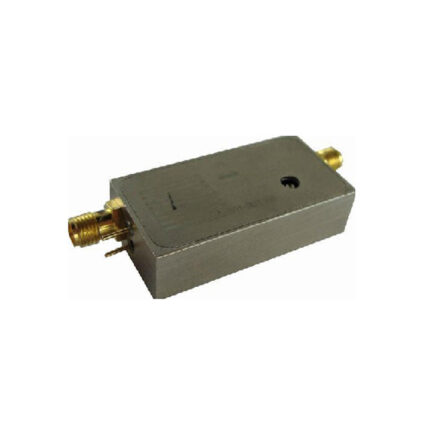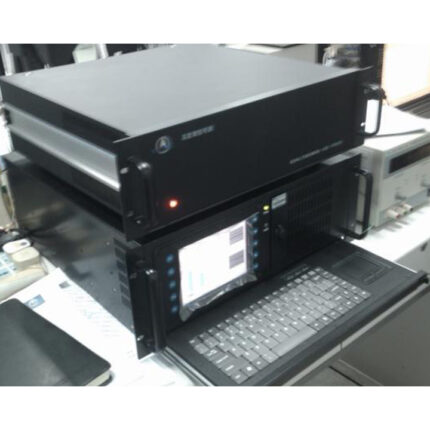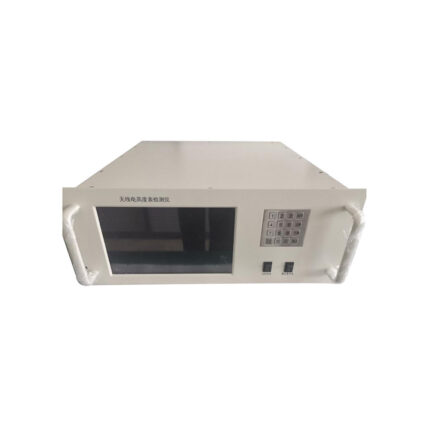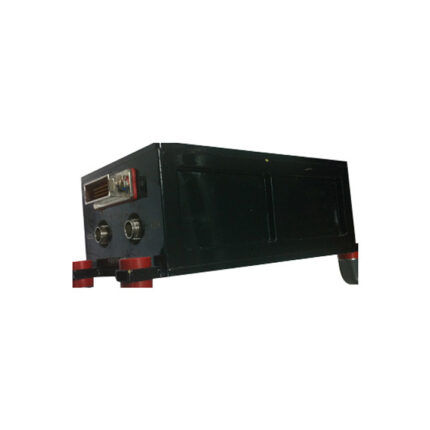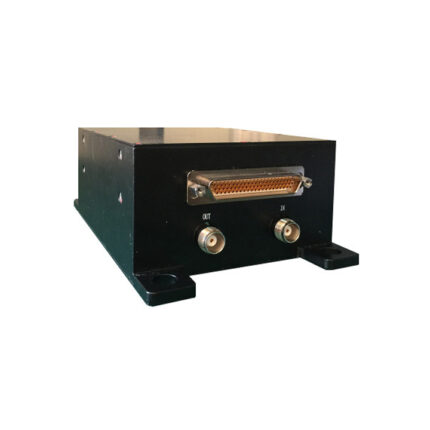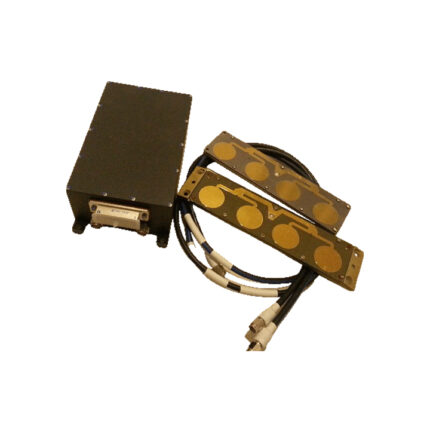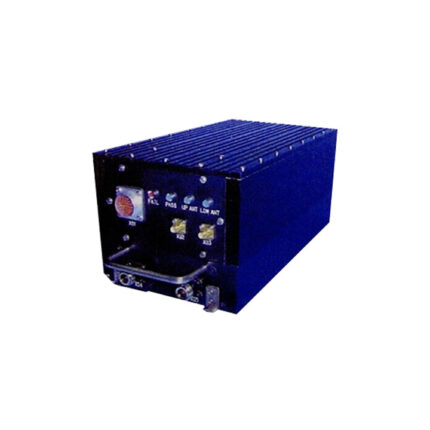Home » Unmanned System Products » Numerical Control Attenuator
Numerical Control Attenuator
Drawing on the expertise of its seasoned microwave team, process team, and management team, Hangtai Technology has been continuously elevating the R&D and production standards of microwave components. The microwave components developed by this division not only meet the requirements of the company’s radar systems and radio altimeters but also extend their application to serve societal needs.
Related products
MASS-03 Radio Altimeter Continuous Echo Signal Simulator
The MASS-03 Radio Altimeter Continuous Echo Signal Simulator is a specialized testing device designed to generate stable, continuous echo signals that replicate real-world altitude-related signal environments for radio altimeters. Tailored to support the development, calibration, and performance verification of radio altimeters, it accurately simulates various echo signal characteristics (such as amplitude, frequency, and delay) corresponding to different altitude scenarios, enabling users to test critical functions of radio altimeters—including height measurement accuracy, tracking stability, and anti-interference performance—under controlled laboratory conditions. By providing reliable, repeatable continuous echo signals, the simulator eliminates the need for costly and complex field tests, streamlining the testing process while ensuring radio altimeters meet design specifications for accuracy, stability, and robustness in practical operation.
MAST-09 Radio Altimeter Detection Unit
The MAST-09 Radio Altimeter Detection Unit is a compact, aerospace-grade component that monitors, validates, and processes radio altimeter data for aircraft. It filters interference, cross-references data with other flight sensors, and detects faults (e.g., signal loss, calibration drift) to deliver reliable terrain-relative altitude info—critical for safe takeoff, low-altitude flight, approach, and landing, even in low visibility. Built to meet strict aerospace standards (e.g., DO-160, DO-178), it withstands extreme environmental conditions, suiting commercial and military aircraft.
Electronic Countermeasure Radio Altimeter MY-18A、19A
Developed to meet the requirements of electronic countermeasures and terminal penetration, the MY-18A and MY-19A electronic countermeasure radio altimeters incorporate a range of advanced technologies including frequency agility, radiated power control, beam control, anti-burnout, anti-blocking, and echo frequency-domain processing—endowing them with excellent anti-jamming performance. Meanwhile, these altimeters also integrate a sea state identification function, which leverages information such as echo spectrum broadening, Doppler frequency, and altitude under different sea conditions to achieve accurate sea state recognition.
Pulse Radar Altimeter MY-600L、MY-800L
The MY-600L altimeter is a fixed-frequency pulse radar altimeter developed for a specific type of aircraft, while the MY-800L altimeter is a frequency-agile pulse radar altimeter designed for another particular aircraft model. Both altimeters find wide application in cruise missiles and aircraft, serving to measure the relative height above the sea or ground. Notably, the MY-600L features a design approach centered on serialization, standardization, and modularization, which endows it with favorable product inheritance, high maturity, and reliable performance.
MASS-06 Continuous Echo Simulation Excitation System of Radio Altimeter
The MASS-06 Echo Signal Simulation Excitation System, hereinafter referred to as the "Simulation Excitation Source", is a dedicated equipment designed for the hardware-in-the-loop (HIL) simulation of radio altimeters. It serves as a key component in replicating real-world echo signal scenarios, providing targeted excitation signals that enable the radio altimeter to operate under simulated physical conditions—effectively bridging the gap between theoretical testing and actual operational environments to validate the altimeter’s performance, responsiveness, and reliability.
MASS-21 Echo Simulator of Radio Altimeter
The MASS-21 Radio Altimeter Echo Simulator is capable of simulating both static and dynamic echo signals of altimeters under a variety of altitude conditions and reflection coefficient scenarios. It is compatible with radio altimeters of multiple systems, including frequency modulation (FM) systems, phase modulation (PM) systems, and pulse systems, and is also equipped with a built-in self-check function to ensure its own operational reliability during use.
Small Radio Altimeter MY-28A、MY-24(XXX-28A、XXX-24)
The MY-28A and MY-24 (also designated as XXX-28A and XXX-24) are miniaturized C-band full-function radio altimeters that comply with aerospace standards. Serving as key components for the control of the longitudinal altitude channel, they are specifically designed for a certain type of UAV target. These altimeters possess excellent anti-interference performance and electromagnetic compatibility, enabling them to accurately measure altitude relative to the sea surface or the ground.
The MY-28A and MY-24 are developed following the three core design principles of serialization, standardization, and modularization. This design approach endows the products with strong design inheritance, ensuring they are mature and reliable in operation. To date, these two models of radio altimeters have been widely applied in multiple types of aircraft, with their total deployment quantity exceeding 800 units.
Subminiature Radio Altimeter MY-70A
The MY-70A radio altimeter is a solid-state C-band radio altimeter system based on frequency-modulated continuous wave (FMCW) technology, featuring constant beat frequency and closed-loop tracking measurement. It maintains a constant beat frequency by servo-controlling the slope of the sawtooth wave that modulates the microwave oscillator, thereby achieving automatic altitude tracking. Under the condition of a constant beat frequency, the measured altitude is proportional to the modulation period; thus, altitude information can be acquired by measuring the modulation period, and the system then converts this information into an altitude voltage for output. The MY-70A altimeter boasts excellent anti-jamming performance, thanks to its adoption of a narrow-band receiver (with gain adjustable according to altitude), as well as technologies including equivalent spectrum front-end detection, weighted frequency identification, and automatic servo tracking. Additionally, the altimeter’s high-frequency components are implemented with microwave integration, while its low-frequency components utilize a modular design—these measures collectively enhance the product’s reliability, anti-interference capability, and electromagnetic compatibility.

